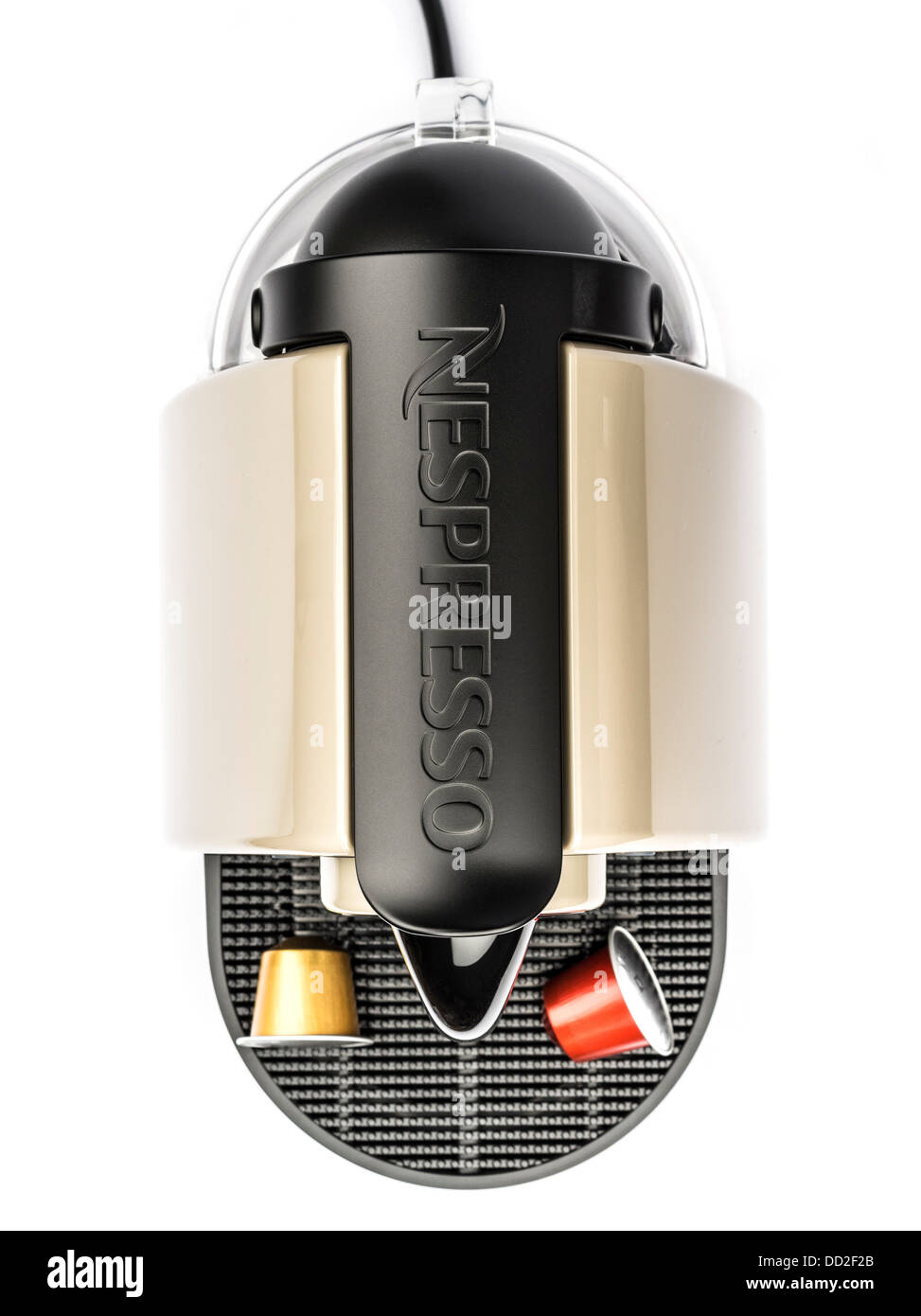In the realm of culinary appliances, espresso machines have carved out a distinctive niche, representing a confluence of machinery, artistry, and an unyielding quest for the perfect brew. When examined from the perspective of their design and functionality, particularly through a top view, these machines evoke a maze of intricate components, aesthetics, and capabilities. This article aims to explore the multifaceted nature of espresso coffee machines, specifically emphasizing the significance of their top view in understanding their functionality, design ethos, and cultural implications.
Understanding the Anatomy: A Latter-Day Introduction to Espresso Machines
Espresso machines, often seen as harbingers of the modern coffee culture, boast an intricate design that melds functionality with artistry. The top view of an espresso machine plays a crucial role in comprehending its comprehensive mechanics and artistic flair. Typically, a well-crafted machine features a combination of a water reservoir, boiler, group head, and steam wand, each of which plays a pivotal role in the brewing process.
From this elevated perspective, one can discern the arrangement of these components, providing insights into the machine’s operational efficiency. The water reservoir, often located at the rear, appears as a bastion of readiness, filled with water vital for brewing. The boiler, usually situated mid-machine, serves as the heart, heating water to a precise temperature—essential for extracting the rich flavors inherent within finely ground coffee. The group head, prominently placed at the front, is a focal point in the brewing process; it facilitates direct contact between the metal and coffee grounds, producing the coveted espresso shot. Lastly, the steam wand, often elegantly protruding to the side, highlights the multi-faceted functionality of espresso machines, allowing for the texturization of milk for lattes and cappuccinos.
Examining the Brews: Functionality Enshrined in Design
Espresso machines display a striking interplay of functionality and aesthetic consideration, and examining them from the top down allows for an appreciation of this symbiosis. This view reveals the controls—buttons, dials, and screens—that are strategically placed for user accessibility. These features enhance the overall user experience, demonstrating that espresso machine manufacturers design not merely for visual appeal but also for intuitive use.
The arrangement of these controls is not arbitrary; a well-designed interface decreases the likelihood of user error, particularly when precise measurements play a crucial role in brewing. With buttons indicating various functions—such as pre-infusion, brew, and steam—users can manipulate various aspects of the brewing process. Digitization in contemporary models has transcended traditional mechanical controls, introducing sensors and programmable settings that allow for personalization in every cup brewed.
The top view encapsulates a narrative of craftsmanship where every button and dial is indicative of a philosophy that marries tradition with innovation. This narrative extends into an exploration of materials used in construction. Stainless steel and aluminum are prevalent due to their durability and aesthetic appeal. Such choices reflect not just a functional necessity but also an appreciation for the aesthetics of the daily ritual of coffee-making.
Cultural Implications of Espresso Machines: More than Just a Brew
The study of espresso machines from a top view extends beyond their mechanical and aesthetic designs; it also invites a dialogue about their cultural significance. In the modern age, espresso machines symbolize more than mere appliances; they denote a lifestyle, an ethos—with implications that reverberate through the social fabric of contemporary café culture. The espresso machine has become an emblem of sophistication, craftsmanship, and communal gathering.
The top view highlights the inviting aspect of the espresso machine; often showcased prominently in coffee shops and kitchens alike, these machines draw individuals towards the rituals of coffee-making and consumption. They occupy space not only in the physical realm but also in the collective consciousness, encapsulating the virtues of patience, precision, and passion. Each cup brewed fosters connections, whether shared among friends in a café or a serene moment savored alone at home.
Furthermore, the espresso machine signifies the democratization of coffee culture, enabling individuals to recreate café experiences within their domestic spaces. The rituals surrounding coffee preparation have fostered communities, with aficionados engaging in conversations about obscure brewing techniques and bean origins. The espresso machine, as observed from the pinnacle of its design, has thus become a catalyst for cultural exchange and exploration, challenging the parameters of traditional café experiences.
Challenging Gender Norms: The Espresso Machine as a Symbol of Empowerment
When engaging with the cultural implications of espresso machines, one may also interrogate the socio-political narratives entwined with their usage. Historically, domestic spheres were often delineated by rigid gender roles, wherein certain responsibilities and tools were assigned predominantly to women. Yet, the espresso machine disrupts these conventions, offering opportunity for both men and women to partake in the mastery of coffee brewing.
This transition is emblematic of broader socio-political changes, as the kitchen has morphed into a space that encourages collaboration and shared experiences, rather than division. High-end espresso machines have become accessible to varied demographics, allowing individuals to engage with complex machinery that was once perceived as specialized. The artistry involved in espresso preparation can serve as an empowering endeavor for many, fostering a sense of agency in mastering the craft.
Looking Forward: The Future of Espresso Machines and Community Building
The evolution of espresso machines continues unabated, and their top-down examination yields insights not only into design but also into emerging trends. With an emphasis on sustainability and conscious consumption, new models are increasingly designed to minimize waste and optimize energy efficiency. This shift reflects a growing awareness of environmental responsibilities, enriching the narrative around espresso consumption.
As technology advances, the potential for communal experiences surrounding espresso machines has only amplified. Innovations in connectivity may enhance the ways individuals engage with these machines and each other; for instance, features that allow brewers to connect with others, trade techniques, and share recipes create an enriching fabric of community. The top view might soon reveal machines that serve not just as tools for brewing but as hubs for sharing knowledge and fostering connection in an increasingly fragmented world.
In conclusion, the top view of an espresso coffee machine unveils myriad layers beyond the functional; it unveils narratives of craft, culture, and empowerment. From understanding its complex anatomy to appreciating the narratives it weaves within social spaces, the espresso machine stands as a testament to the interconnections between technology, design, and the human experience. It embodies a ritual that transcends mere consumption, engaging individuals in a global dialogue about art, culture, sustainability, and community.








Leave feedback about this